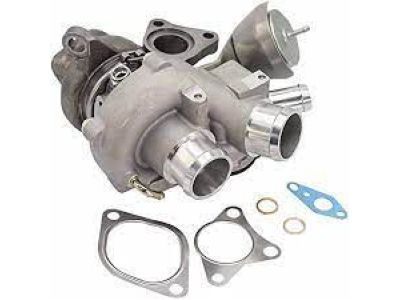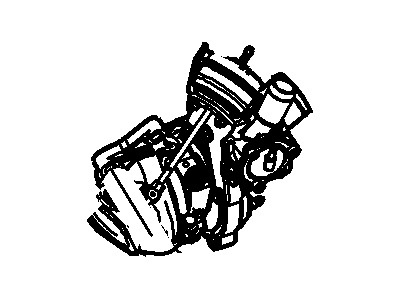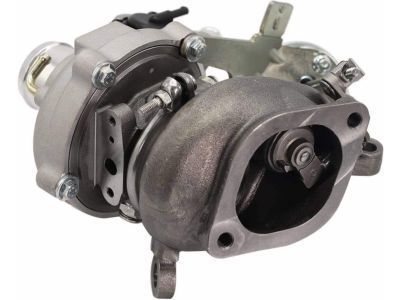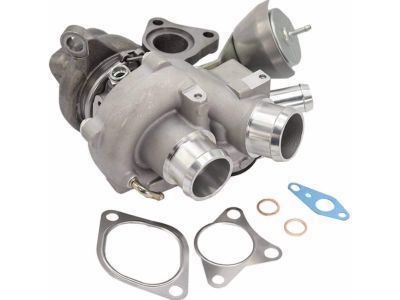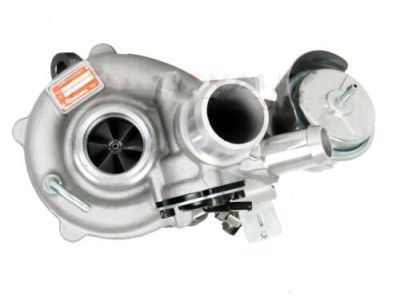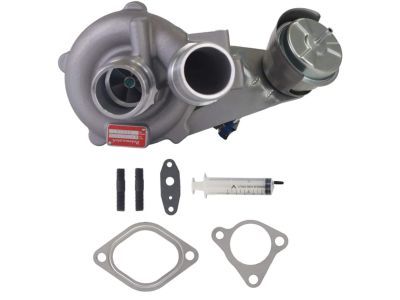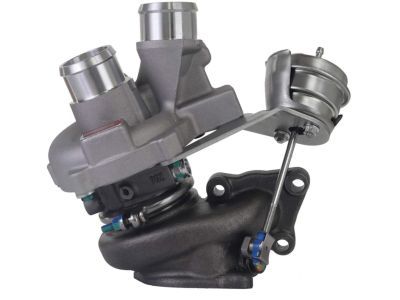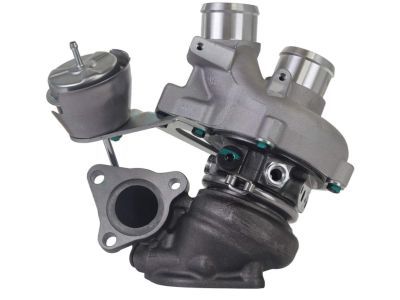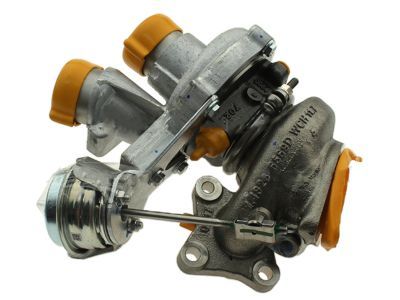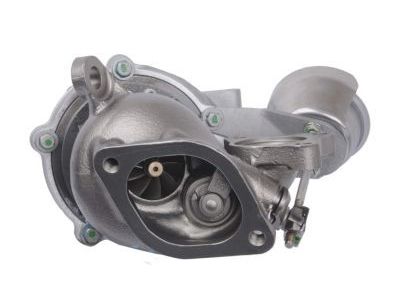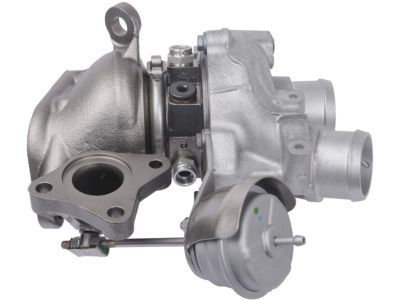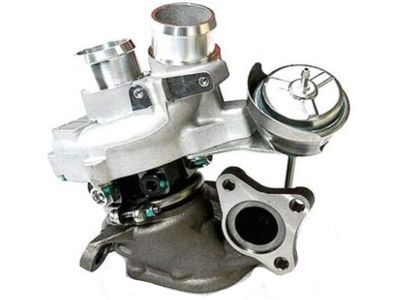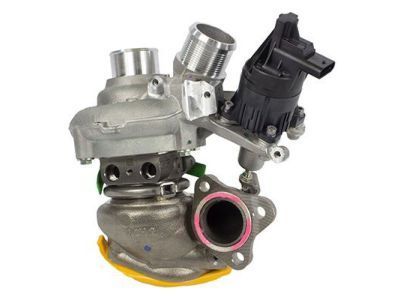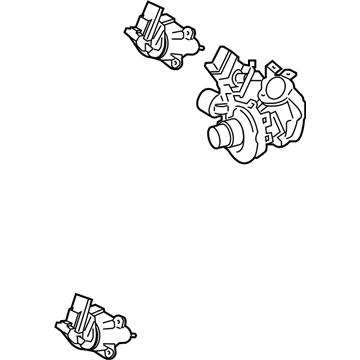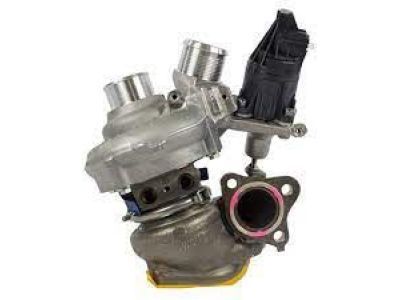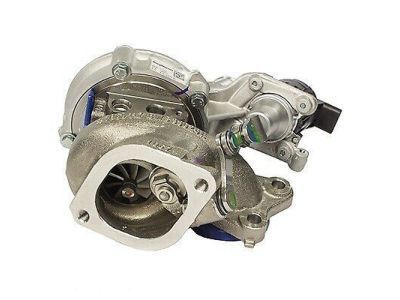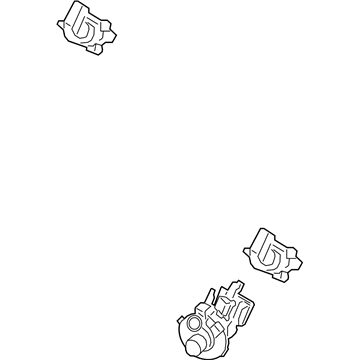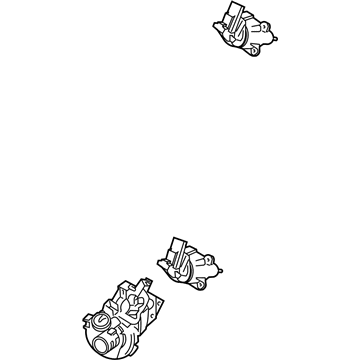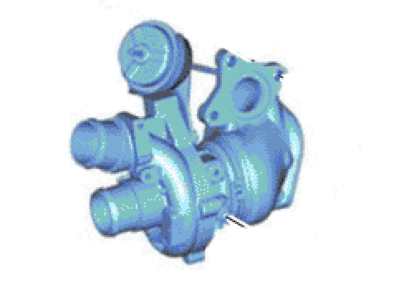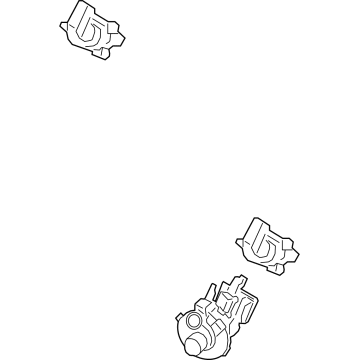

My Garage
My Account
Cart
Genuine Ford F-150 Turbocharger
Turbo- Select Vehicle by Model
- Select Vehicle by VIN
Select Vehicle by Model
orMake
Model
Year
Select Vehicle by VIN
For the most accurate results, select vehicle by your VIN (Vehicle Identification Number).
34 Turbochargers found
Ford F-150 Turbocharger Assembly
Part Number: CL3Z-6K682-A$706.37 MSRP: $1138.18You Save: $431.81 (38%)Ships in 1-3 Business DaysFord F-150 Turbocharger Assembly
Part Number: BL3Z-6K682-C$706.37 MSRP: $1138.18You Save: $431.81 (38%)Ships in 1-3 Business DaysFord F-150 Turbocharger Assembly
Part Number: DL3Z-6K682-E$591.01 MSRP: $950.91You Save: $359.90 (38%)Ships in 1-2 Business DaysFord F-150 Turbocharger Assembly
Part Number: DL3Z-6K682-F$627.97 MSRP: $1010.91You Save: $382.94 (38%)Ships in 1-2 Business DaysFord F-150 Turbocharger Assembly
Part Number: JL3Z-6K682-D$1211.49 MSRP: $1958.18You Save: $746.69 (39%)Ships in 1-2 Business DaysFord F-150 Turbocharger Assembly
Part Number: JL7Z-6K682-B$848.61 MSRP: $1369.09You Save: $520.48 (39%)Ships in 1-3 Business DaysFord F-150 Turbocharger Assembly
Part Number: JL7Z-6K682-A$898.41 MSRP: $1554.00You Save: $655.59 (43%)Ships in 1-3 Business DaysFord F-150 Turbocharger Assembly
Part Number: HL7Z-6K682-B$1190.21 MSRP: $1923.64You Save: $733.43 (39%)Ships in 1-3 Business DaysFord F-150 TURBOCHARGER ASY
Part Number: ML3Z-6K682-C$687.33 MSRP: $1107.27You Save: $419.94 (38%)Ships in 1-2 Business DaysFord F-150 Turbocharger Assembly
Part Number: FL3Z-6K682-E$877.51 MSRP: $1416.00You Save: $538.49 (39%)Ships in 1-3 Business DaysFord F-150 Turbocharger Assembly
Part Number: JL3Z-6K682-C$915.70 MSRP: $1478.00You Save: $562.30 (39%)Ford F-150 Turbocharger Assembly
Part Number: JT4Z-6K682-A$769.09 MSRP: $1240.00You Save: $470.91 (38%)Ships in 1-3 Business DaysFord F-150 Turbocharger Assembly
Part Number: DL3Z-6K682-B$627.97 MSRP: $1010.91You Save: $382.94 (38%)Ships in 1-2 Business DaysFord F-150 Turbocharger Assembly
Part Number: DL3Z-6K682-A$591.01 MSRP: $950.91You Save: $359.90 (38%)Ships in 1-2 Business DaysFord F-150 Turbocharger Assembly
Part Number: JT4Z-6K682-B$733.25 MSRP: $1181.82You Save: $448.57 (38%)Ships in 1-3 Business DaysFord F-150 Reman Turbocharger Assembly
Part Number: D2MZ-6K682-ERM$459.97 MSRP: $676.67You Save: $216.70 (33%)Ships in 1 Business DayFord F-150 Turbocharger Assembly
Part Number: HL3Z-6K682-B$1002.05 MSRP: $1618.18You Save: $616.13 (39%)Ships in 1-2 Business DaysFord F-150 Turbocharger Assembly
Part Number: HL7Z-6K682-A$801.57 MSRP: $1292.73You Save: $491.16 (38%)Ships in 1-2 Business DaysFord F-150 TURBOCHARGER ASY
Part Number: JL3Z-6K682-G$1370.02 MSRP: $2176.67You Save: $806.65 (38%)Ships in 1-3 Business DaysFord F-150 TURBOCHARGER ASY
Part Number: ML3Z-6K682-A$436.91 MSRP: $694.55You Save: $257.64 (38%)Ships in 1-2 Business Days
| Page 1 of 2 |Next >
1-20 of 34 Results
Ford F-150 Turbocharger
Turbocharger in Ford F-150: The Turbocharger is a turbine system located in the Ford F-150 vehicles that makes use of exhaust gas to force increased air intake usually referred to as boost. It enhances the volumetric efficiency and fuel efficiency as also known and can be achieved even without an increase in power. The turbocharger consists of two main components: A turbine from exhaust gases and a compressor which injects extra air to engine. There are different kinds of Turbochargers that has been used in the Ford F-150 models over the year and there is use modern Turbochargers such as twin-scroll and Variable geometry Turbochargers. These innovations are meant to lower the latency and increase the speed, the electric turbochargers, also known as E-turbos being more responsive than the regular ones. Although turbocharging can be applied to petrol as well as diesel engines with a great deal of success, problems like high heat in exhaust and failure are likely to occur. In general, it can be stated that Ford F-150 Turbocharger is important for fulfilment of today's fuel economy and emission standards.
We provide a wide range of Ford F-150 Turbocharger at the best prices possible. If you need Ford F-150 Turbocharger, you can shop with confidence on our website. All our OEM parts come with a manufacturer's warranty and are delivered to your door step with a fast delivery service.
Ford F-150 Turbocharger Parts Questions & Experts Answers
- Q: How to remove and reinstall a turbocharger on Ford F-150?A:The engine must be cold before removing the turbocharger(s), and heat insulation material should be removed before disconnecting any hoses, pipes, or connections from the turbocharger. Drain the cooling system. When removing the right-hand turbocharger, first remove the drivebelt and the air conditioning compressor from the block, supporting the compressor out of the way with a length of wire or rope. To disconnect the Y-pipe and catalytic converters, support the transmission with a suitable jack and remove the transmission mount retainer and the crossmember; for 4WD models, raise the transfer case and remove the insulator, retainer plate, and crossmember. After removing the Y-pipe and converter assembly, reinstall the transmission insulator, retainer plate, and crossmember, tightening the fasteners just snug. Disconnect the vacuum hose at the wastegate, tagging and disconnecting the two other vacuum hoses and the coolant pipe connection. Disconnect the electrical connector at the turbocharger bypass valve, then disconnect the tube that feeds oil into the top of the center bearing housing for cooling, along with the pipe leading from the bottom of the center bearing housing to return oil to the engine's oil pan. Remove the duct from the air cleaner housing to the turbocharger and tape the openings, then remove the exhaust heat shield if equipped. Tape off any openings on the turbocharger assembly, remove the mounting bolt from the turbocharger-to-block bracket while holding the turbocharger, and then remove the turbocharger. Installation is the reverse of removal, using new gaskets at the turbo-to-exhaust junction on each side and new gaskets where the oil supply and return pipes connect to the turbocharger housing. Apply anti-seize compound on the new turbocharger-to-exhaust manifold bolts and on the Y-pipe-to-turbocharger junctions, tighten all fasteners to the specified torque, refill and bleed the cooling system, and install a new oil filter along with fresh engine oil.
